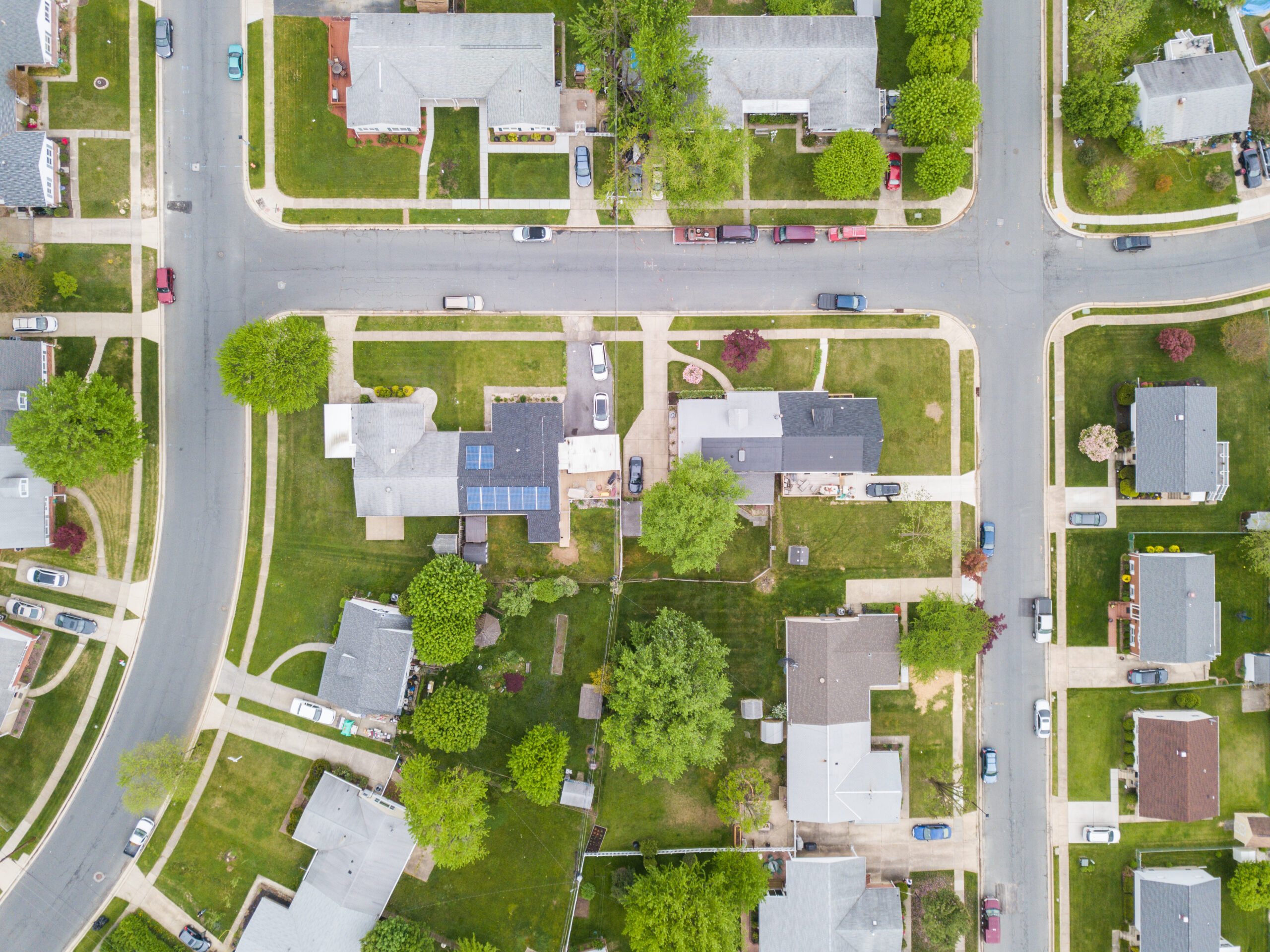Opinion: Time to overhaul Baltimore County’s planning, development review and zoning process

By Nick Stewart and Pat Keller
The writers are the co-founders of We The People — Baltimore County. Keller was the planning director for Baltimore County for more than 22 years, while Stewart is a partner at Saul Ewing Arnstein & Lehr LLP, who serves on the board of the Southwest Visions Foundation, a 501(c)(3) dedicated to community revitalization in Southwest Baltimore County.
You may not realize it, but Baltimore County is in the midst of a once-in-a-decade opportunity to transform the very “systems” that make county life worth living, from housing and transportation, to education and environment, to economic competitiveness and equity. And what is the catalyst for this remarkable moment in time? It is the Master Plan 2030 process.
State law requires that each county review its master plan at least once every 10 years. This is a chance for the county to pull together a range of stakeholders, with a special focus on residents and communities, to take stock of where we have been and to plan for where we should go — together.
For its part, Baltimore County government made a big push to engage the county in a dialogue about the Master Plan during the fall of last year and the beginning of this one. It is understood that the county is now in the process of drafting the Master Plan and expects to release it later this year for review and feedback. There is still time to get this right.
Enter our organization, We The People — Baltimore County. We The People was formed in 2021 to help our county make the most of this unique opportunity.
While we have enormous strengths as a county, and do quite a lot well, we also face a number of challenges that are deep-seated and difficult to address. This includes declining suburbs in need of reinvestment and redevelopment (think Lansdowne, Woodlawn, Essex and so on), an aging housing stock and shortage of “middle” housing for working families, and a lack of open space. The county also has a long history of discrimination, reflected in the 2016 HUD settlement that sets requirements for more affordable homes, which we are not on pace to reach. Taken together, these challenges have produced a loss of county population for the first time since the 1920 census.
Against this backdrop, and notwithstanding the county executive’s welcome emphasis on transparency, we must come to grips with the fact that our planning, development review and zoning process has caused a lot of consternation. Communities too often feel left out. Procedures are complex and almost demand that you engage an attorney. Certain exemptions have swallowed the rule. Information is not made available, or is difficult to locate. Process times are twice as long as nearby jurisdictions, like Montgomery County.
With the last major reform efforts dating back to 1992, now is the time to dive back in and make improvements. We need reform.
So where do we go from here? Our goal is simple: We must use Master Plan 2030 to create an “equitable growth” strategy that allows us to address our shared challenges, by building consensus on future development while minimizing ad-hoc (and highly political) decision-making. Together, we can create a predictable and transparent development process so that the county can reinvent the suburbs and create attractive, livable and sustainable complete communities with decent, affordable housing options for all. This is the foundation of an “equitable growth” strategy.
What does this mean practically? Like any good advocates, we have a multi-point plan:
1. Change the sequence of the Master Plan and the comprehensive zoning map process. The CZMP is intended to be used by the county council to make zoning decisions holistically across the county as a whole. It occurs once every four years, whereas the master plan occurs once every 10 years. This is nonsensical. The CZMP should occur shortly after the master planning process concludes, as is the case with other jurisdictions. The county council can change this.
2. Close the “Priority Funding Area” loophole to make the Master Plan legally binding. State law says that local land use decisions must be consistent with master plans, except if they are being made in “Priority Funding Areas.” This is a major loophole, because almost all of the land within the developable parts of the county (known as the Urban Rural Demarcation Line or “URDL”) has been designated as a “Priority Funding Area.” As a result, the county council can effectively ignore the master plan when making land use decisions. The state legislature can change this.
3. Support by-right development. If the Master Plan process was truly collaborative and extensive, and the Master Plan was legally binding, it makes sense to expand the use of “by-right” development. This means fewer projects would be subject to special discretionary review, which would reduce costs for working families and others. This is critical because the only development left within the URDL is redevelopment, which is harder and more expensive to do.
4. Create a PUD task force. With its abundance of declining suburbs, which do not have the amenities of complete communities, the county must make it easier to reinvest and redevelop into well-planned, mixed-use communities. Right now, the PUD process – or the “planned unit development” process – is the primary tool to promote such development. However, developers have said the process is not efficient, and advocates have said that it is not effective (in that it is abused and does not produce meaningful public benefits and amenities). The county executive should create a task force to propose reforms to the PUD process or to suggest a replacement (e.g., Idaho’s mixed-use zoning code).
5. Create a green infrastructure network. Unlike other jurisdictions, including its neighbor Howard County, Baltimore County does not have a Green Infrastructure Network, which would allow the county to improve the connectivity among green hubs, and thereby make the most of the open space, pocket parks, trails and greenways that currently exist. The county should step up to the plate here. This is low-hanging fruit.
6. Create simpler, better zoning laws, regulations and processes. The web of laws, regulations and processes governing land use and zoning in the county are complex and outdated. This is a major barrier to participation and effective advocacy. The county should perform a wholesale review of this structure and simplify it.
In addition, the county council should be required to subject (i) any zoning bills to a 90-day review and comment period by the Planning Department and the Planning Board, and (ii) any amendments to those zoning bills to a 30-day review period.
7. Update community plans. Local communities are supposed to maintain their own local development plans, which should flow up into the councilmanic plans, which should flow up into the Master Plan. These local plans have legal significance and are referenced by the zoning law, yet some plans are decades old, e.g., Hereford’s plan is from 1991. The county can allocate funding and resources to help communities update their local plans.
Ultimately, change is coming whether we like it or not. The question is what we are going to do with this change. Will we seize the moment to leverage it to our advantage, or will we let it wash over us and divide us further from one another and from opportunity?
As we know, elections are fast approaching this November. Your candidates for local and state office are the ones who can enact these reforms. And it is up to us to help them understand the issues and make the right choice. So please get involved. Let your candidates know about these reforms. Sign up for our mailing list. Join our volunteer team. Have us speak at your community group.
Whatever you can do, we sincerely ask that you do it, because it will take thousands of partial victories to produce the sea change of reform we so eagerly need in our county. A more equitable future for all depends on it.




 Creative Commons Attribution
Creative Commons Attribution